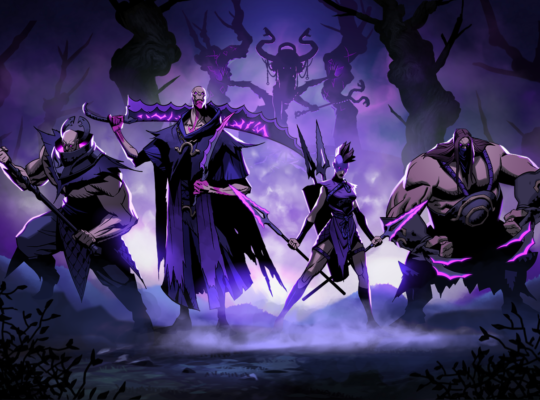Title: Exploring the Emotional Landscape of Life is Strange: Pros and Cons
Life is Strange, developed by Dontnod Entertainment, is an episodic graphic adventure game that has captivated players with its narrative depth and emotional storytelling. Released in 2015, the game follows the story of Max Caulfield, a high school student who discovers she has the ability to rewind time. As players navigate through a series of choices and consequences, Life is Strange offers a unique blend of gameplay and story. Here’s a closer look at the pros and cons of this critically acclaimed title.
Pros:
- Compelling Narrative: One of the standout features of Life is Strange is its gripping narrative. The game weaves a complex story about friendship, choice, and the impact of our decisions. The plot is engaging and often poignant, tackling sensitive themes such as mental health, trauma, and personal growth.
- Strong Character Development: The characters in Life is Strange are well-developed and relatable. Max Caulfield, the protagonist, is a deeply flawed and endearing character whose growth throughout the game feels genuine. Supporting characters also add depth to the story, each with their own backstory and motivations.
- Choice and Consequence System: The game’s time-rewinding mechanic allows players to explore different outcomes based on their decisions. This system enhances replayability, as players can experience the consequences of their choices and see how different paths affect the story.
- Emotional Impact: Life is Strange excels in creating emotional moments that resonate with players. The game’s ability to evoke strong feelings through its story and character interactions is a testament to its quality and storytelling prowess.
- Unique Art Style: The game features a distinctive art style that complements its narrative tone. The hand-painted visuals and atmospheric soundtrack contribute to a memorable and immersive experience.
Cons:
- Pacing Issues: At times, the pacing of the game can feel uneven. Certain episodes or segments may drag on, affecting the overall flow of the narrative. This can detract from the immersive experience, especially if players feel that the story is stalling.
- Dialogue and Voice Acting: While the character development is strong, some players may find the dialogue and voice acting to be inconsistent. Certain lines or performances may feel unnatural or forced, which can break the immersion for some players.
- Technical Issues: Upon release, Life is Strange faced various technical issues, including bugs and performance problems. While many of these issues have been addressed in subsequent patches, some players may still encounter occasional glitches or crashes.
- Limited Gameplay Mechanics: The game primarily focuses on narrative and character interaction, which means that gameplay mechanics are relatively limited. Players looking for more traditional gameplay elements, such as combat or complex puzzles, may find the game lacking in this regard.
- Predictable Plot Twists: Although the story is engaging, some plot twists and developments can be predictable for experienced gamers. This may lessen the impact of key moments, especially if players have encountered similar narrative devices in other media.
Conclusion:
Life is Strange is a game that excels in storytelling and character development, offering a deeply emotional and engaging experience. Its unique time-rewinding mechanic and memorable art style contribute to its appeal. However, issues with pacing, dialogue, and technical aspects may affect the overall experience for some players. Despite these drawbacks, the game’s strengths make it a worthwhile experience for those who appreciate narrative-driven adventures. Whether you’re drawn to its emotional depth or its innovative gameplay, Life is Strange remains a significant entry in the genre of interactive storytelling.
4o mini












